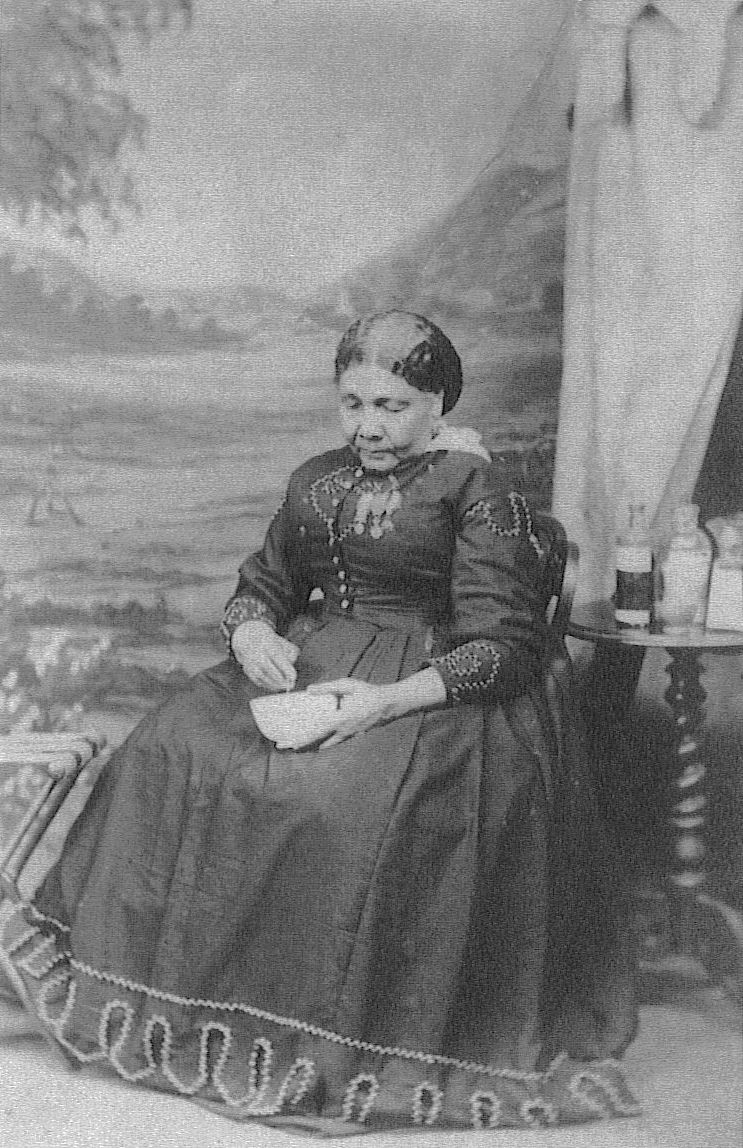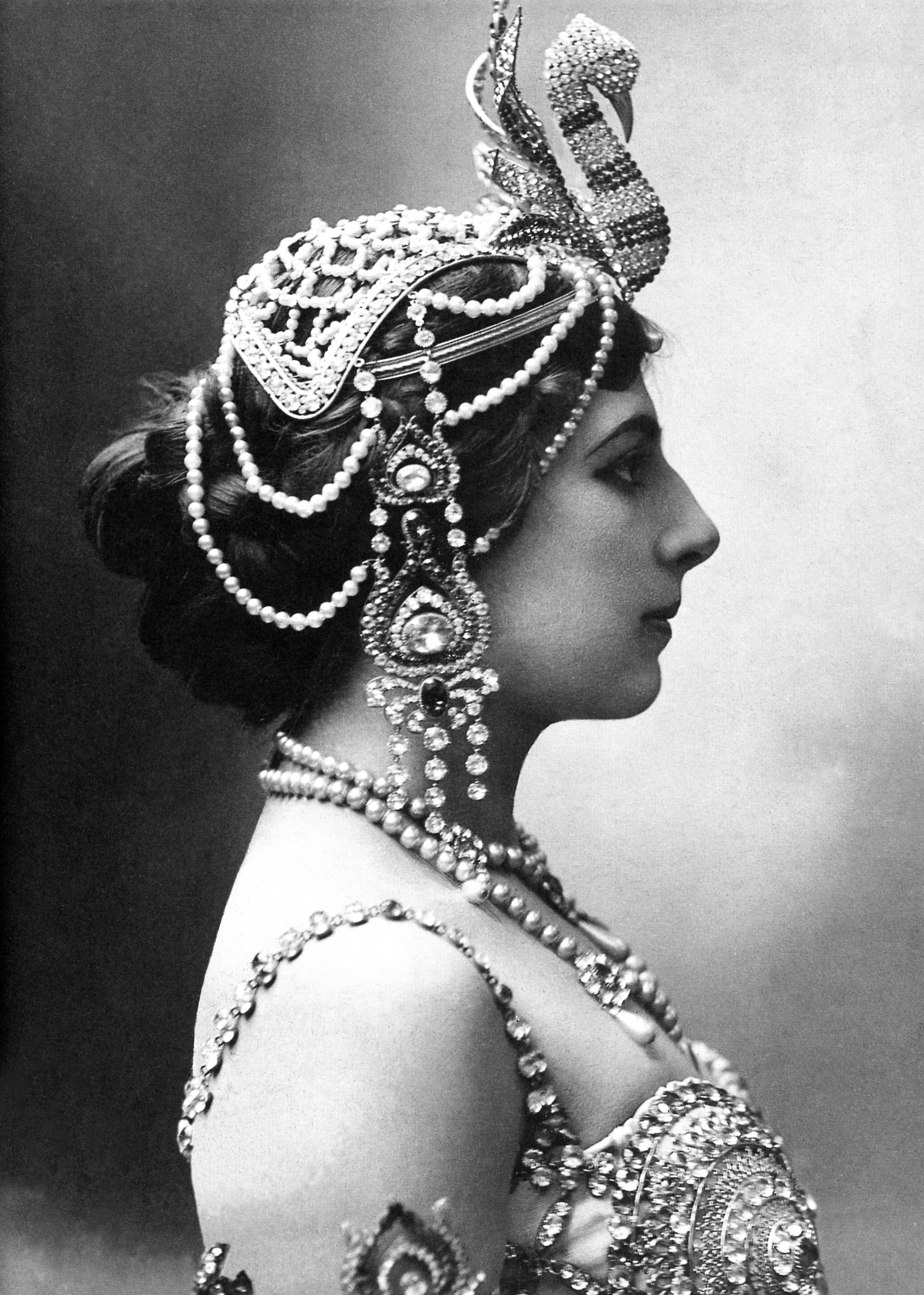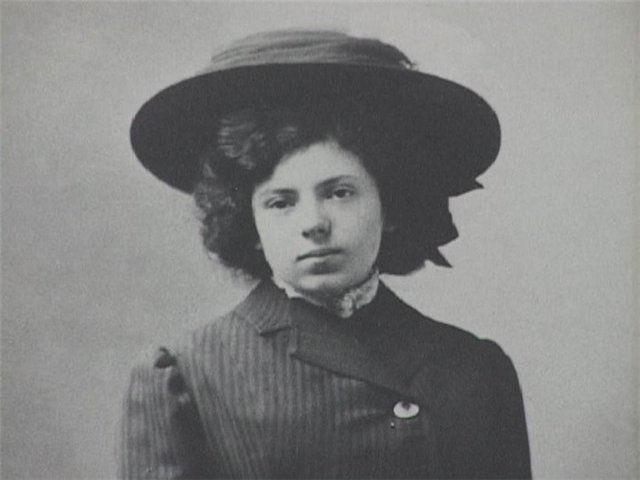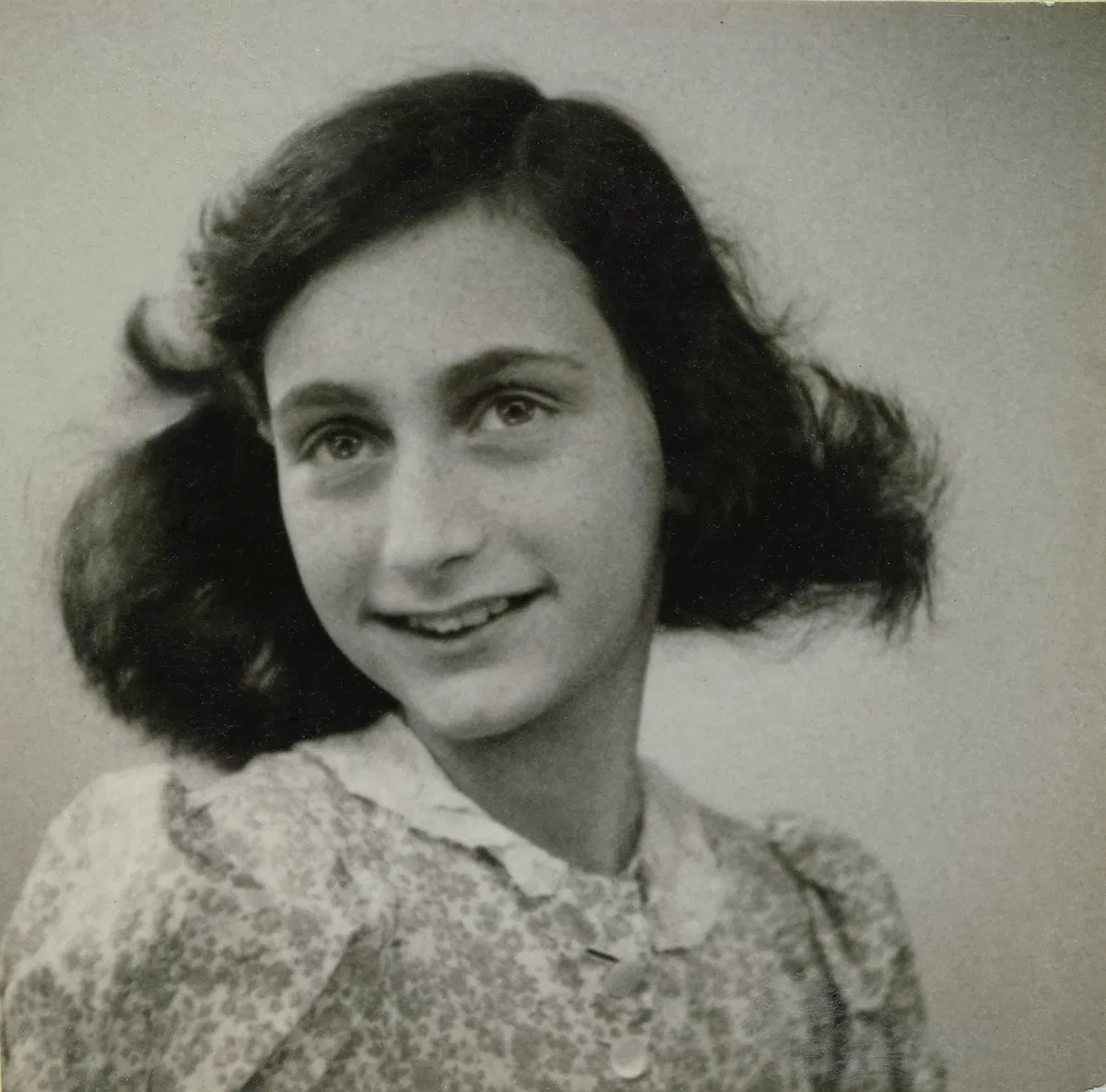 A keen traveller, the young Mary journeyed widely with her parents, including two trips to Britain, expanding her medical knowledge.
A keen traveller, the young Mary journeyed widely with her parents, including two trips to Britain, expanding her medical knowledge.
In 1836, she married Edwin Horatio Seacole, a former guest at her mother’s boarding house. Edwin Seacole was believed, without substance, to have been either an illegitimate offspring of Lord Nelson and his mistress, Lady Hamilton, or Nelson’s godson (hence his middle name). A sickly man, he died eight years later in 1844. Despite several offers, Mary never married again. As a couple, the Seacoleshad maintained the boarding house established by Mary’s mother and, as a widow, Mary Seacole’s work intensified in 1850 when a cholera epidemic struck Jamaica, killing over 30,000 inhabitants.
In 1851, Mary Seacole journeyed to Panama to visit her half-brother and while there, witnessed another cholera outbreak. Again she went to work and took a leading role in treating the sick. Among her patients were 350 American soldiers commanded by the future Union general and US president, Ulysses S. Grant. The following year she returned to Jamaica but had to wait for a British ship to take her home as the American ship she’d planned to sail on refused to take her – Seacole believed it was on account of her race.
Crimean War
In October 1853, war had broken out on the Russian peninsula of the Crimea, between the British, French and Turkish on one side and the Russians on the other. In 1854, Seacole travelled to England where she asked various institutions, including the War Office, for permission to work as a nurse in the Crimea. But her request was refused by all. Again, race may have played its part.
However, the resourceful Seacole raised the necessary funds for herself and made her way independently to the Crimea, where, near the front line, she set up the ‘British Hotel’, improvised with scrap wood and discarded building materials. Opening in 1855, the ‘hotel’ sold food, medicaments and supplies to soldiers (anything, to use Seacole’s words, ‘from a needle to an anchor’); and provided meals,warmth and somewhere to sleep. Florence Nightingale, although she later praised Mary Seacole’s work, initially thought the British Hotel as little more than a brothel.
Dressed in brightly-coloured outfits, Seacole became a familiar figure as she visited the military hospitals and the battlefront, assisting the wounded and dying, including Russians, moving about with two mules, one carrying medical supplies, the other food and wine.
The Crimean War ended in 1856 with the signing of the Treaty of Paris on 30 March. Within four months the peninsula had been completely evacuated of Allied troops. Mary Seacole was left with a fully supplied hotel without customers and was forced into selling her stocks and provisions at artificially low prices to pay off her debts.
 Wonderful Adventures
Wonderful Adventures
She returned to England in a poor state, both physically and financially. While being applauded and awarded, she was declared bankrupt. Living in London, she fell ill and became destitute. A press-led campaign organised a festival for Seacole’s benefit, the Seacole Fund Grand Military Festival, which attracted 40,000 people. The same month, July 1857, Seacole published her memoirs, Wonderful Adventures of Mrs. Seacole in Many Lands, which sold well enough to help, along with the proceeds from the festival, to alleviate her financial woes.
Seacole returned to Jamaica in 1860 but came back to London a decade later where she kept the company of esteemed military men and members of the royal family.
Mary Seacole died on 14 May 1881, of ‘apoplexy’, at her home, 3 Cambridge Street, Paddington, aged 76. An obituary, published in The Times a week later, wrote, ‘strange to say, she has bequeathed all her property to persons of title’.
A disgrace to the serious study of history?
Mary Seacole’s place in history had been largely forgotten until the last fifteen years. Now, all UK schoolchildren know her name and she has become lionized as a positive black role model. In 2004, she was voted the greatest Black Briton of all time. Seacole herself did not necessarily view herself as black but ‘only a little brown… a few shades duskier than the brunettes you all admire so much’.
St Thomas’ Hospital, near London’s Houses of Parliament, is planning an 8-foot (3 metre) bronze statue of Mary Seacole due to be unveiled this year, costing £500,000. The idea of the statue is, in the words of St Thomas’, to ‘reflect the scale, stature and achievements of Mary Seacole, encapsulating the sentiment of Mary as a Crimean War nursing heroine.’ (It was at St Thomas’ that in 1860, Florence Nightingale established her nursing school.) Seacole herself had no association with the hospital and indeed never stepped foot in the place.
Some historians are now beginning to question the legitimacy of Seacole’s recent status, especially when it directly mirrors the decline in the reputation of Nightingale. Guy Walters describes Seacole’s status as a role model ‘good politics, but … poor history.’ Walters, in his article for the Daily Mail, quotes a spokesman for the Crimean War Research Society who states, ‘The hype that has built up surrounding this otherwise worthy woman (Seacole) is a disgrace to the serious study of history.’
Reality Check
Historian, Lynn McDonald, writing in History Today, states, ‘Keenness for a heroic black role model is understandable, but why the denigration of [Nightingale]?’ McDonald accuses St Thomas’ of perpetuating a ‘makeover myth [that does] not survive a reality check.’ McDonald has even written a 270-page book on the subject: Mary Seacole: The Making of the Myth.
 For example, McDonald talks about the Crimean medals worn by Seacole. (In the images above of Seacole, taken around 1873, and Seacole’s comforting portrait painted in 1869 by Arthur Charles Challen, she can be seen wearing miniature versions of three medals, including, on the left, the Crimean Medal). Seacole never won the medal, nor, in her writings, did she ever claim to have done so, saying she was, by wearing the medals, merely displaying her solidarity with the veterans of the war.
For example, McDonald talks about the Crimean medals worn by Seacole. (In the images above of Seacole, taken around 1873, and Seacole’s comforting portrait painted in 1869 by Arthur Charles Challen, she can be seen wearing miniature versions of three medals, including, on the left, the Crimean Medal). Seacole never won the medal, nor, in her writings, did she ever claim to have done so, saying she was, by wearing the medals, merely displaying her solidarity with the veterans of the war.
Such is the concern over the misrepresentation of the Seacole story, that the Mary Seacole Information Website aims to redress the balance: ‘So much misinformation about Seacole is now available in print, on websites (including those of highly reputable organizations) and in the social media that a source using reliable, carefully documented,material is badly needed.’
They go on to say, ‘Mary Seacole, we believe, deserves recognition for her work. A fine bronze statue [at St Thomas’] is a laudable means. However, the campaign for Seacole should not be based on misrepresentation of her life and work, or a vilification campaign against any other person, certainly not Florence Nightingale. Our complaint is not with Seacole, however, but with the supporters who misrepresent her, and, so often, in the course denigrate Nightingale.’
But despite these caveats, Mary Seacole deserves her place in our history books and certainly deserves to maintain her place within the curriculum but within the proper context. As Simon Woolley, Director of Operation Black Vote, told The Independent, Seacole was one of the only black people in British history whose life was not talked about ‘through the prism of racism … It is fantastically important to have people such as Mary Seacole taught in our classes’.
Rupert Colley.
















































 As a two-year-old in 1903, Nadezhda, or Nadya, Alliluyeva was reputedly saved from drowning by the visiting 25-year-old Stalin. When staying in St Petersburg (later Petrograd), Stalin often lodged with the Alliluyev family. We don’t know for sure but he may have had an affair with Olga Alliluyeva, Nadya’s mother and his future mother-in-law.
As a two-year-old in 1903, Nadezhda, or Nadya, Alliluyeva was reputedly saved from drowning by the visiting 25-year-old Stalin. When staying in St Petersburg (later Petrograd), Stalin often lodged with the Alliluyev family. We don’t know for sure but he may have had an affair with Olga Alliluyeva, Nadya’s mother and his future mother-in-law. The following morning, servants found Nadya dead – she had shot herself with a pistol given to her by her brother, Pavel Alliluyev, as a present from Berlin. (Pavel, who was there that morning and comforted his grieving brother-in-law, would die in suspicious circumstances six years later, aged 44. Indeed, most of the Alliluyev clan would suffer early deaths on the orders of Stalin. His daughter, Svetlana Alliluyeva, wondered whether Stalin would eventually have had her own mother arrested).
The following morning, servants found Nadya dead – she had shot herself with a pistol given to her by her brother, Pavel Alliluyev, as a present from Berlin. (Pavel, who was there that morning and comforted his grieving brother-in-law, would die in suspicious circumstances six years later, aged 44. Indeed, most of the Alliluyev clan would suffer early deaths on the orders of Stalin. His daughter, Svetlana Alliluyeva, wondered whether Stalin would eventually have had her own mother arrested). Rupert Colley.
Rupert Colley. Born 7 August 1876 to a wealthy Dutch family, Margaretha Geertruida Zelle responded to a newspaper advertisement from a Rudolf MacLeod, a Dutch army officer of Scottish descent, seeking a wife. The pair married within three months of meeting each other and in 1895 moved to the Dutch East Indies (Indonesia) where they had two children.
Born 7 August 1876 to a wealthy Dutch family, Margaretha Geertruida Zelle responded to a newspaper advertisement from a Rudolf MacLeod, a Dutch army officer of Scottish descent, seeking a wife. The pair married within three months of meeting each other and in 1895 moved to the Dutch East Indies (Indonesia) where they had two children. Returning to Paris,
Returning to Paris,  Rupert Colley.
Rupert Colley. Vera
Vera  Pearl’s father was a drifter and an alcoholic, rarely at home. Although she states she was “never unhappy at home with Mummy”, it was, nonetheless, a difficult childhood, having to bear her parents’ arguing, often rummaging for food and fighting off her father’s debt collectors. As the eldest of four girls and with an English mother who found it hard to cope with life in Paris, Pearl was imbued from an early age with a sense of responsibility; a responsibility that deprived her of a proper childhood. As soon as she was old enough, and following her father’s death, Pearl went out to work to earn money, not for herself, but her mother and her sisters.
Pearl’s father was a drifter and an alcoholic, rarely at home. Although she states she was “never unhappy at home with Mummy”, it was, nonetheless, a difficult childhood, having to bear her parents’ arguing, often rummaging for food and fighting off her father’s debt collectors. As the eldest of four girls and with an English mother who found it hard to cope with life in Paris, Pearl was imbued from an early age with a sense of responsibility; a responsibility that deprived her of a proper childhood. As soon as she was old enough, and following her father’s death, Pearl went out to work to earn money, not for herself, but her mother and her sisters.
 In 1928, Hitler offered his sister the position of housekeeper in his Bavarian mountain retreat. Angela arrived with her two daughters, Elfriede and nineteen-year-old Angela, known as
In 1928, Hitler offered his sister the position of housekeeper in his Bavarian mountain retreat. Angela arrived with her two daughters, Elfriede and nineteen-year-old Angela, known as  Mussolini and Rachele Guidi shared the same place of birth – the town of Predappio in the area of Forlì in northern Italy. Guidi had been born on 11 April 1890. She and Mussolini had first met when Mussolini appeared at her school as a stand-in teacher.
Mussolini and Rachele Guidi shared the same place of birth – the town of Predappio in the area of Forlì in northern Italy. Guidi had been born on 11 April 1890. She and Mussolini had first met when Mussolini appeared at her school as a stand-in teacher.  In 1923, Rachele took on a lover of her own – according to Edda in an interview in 1995, shortly before her death and only broadcast in 2001.
In 1923, Rachele took on a lover of her own – according to Edda in an interview in 1995, shortly before her death and only broadcast in 2001. 

 Forty-three years later, in 2009, in another bizarre postscript, Mussolini’s granddaughter, Alessandra Mussolini (pictured), model turned politician, discovered that the Italian version of the online auction site, eBay, was
Forty-three years later, in 2009, in another bizarre postscript, Mussolini’s granddaughter, Alessandra Mussolini (pictured), model turned politician, discovered that the Italian version of the online auction site, eBay, was 